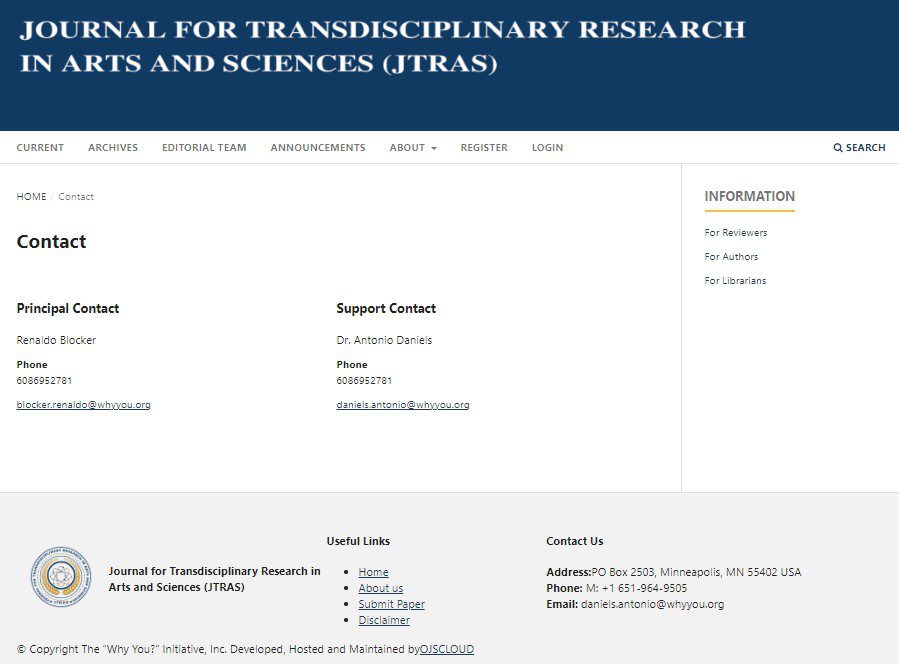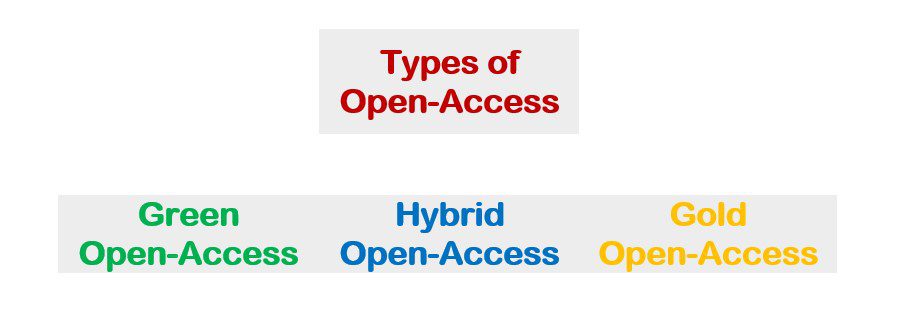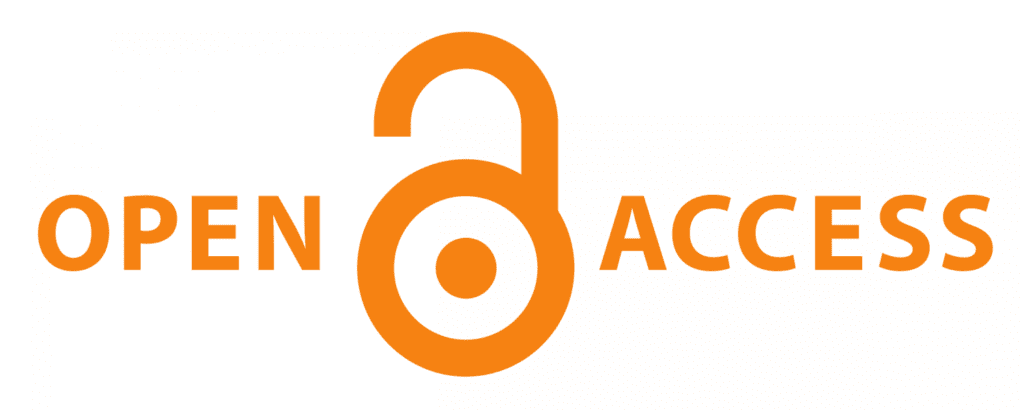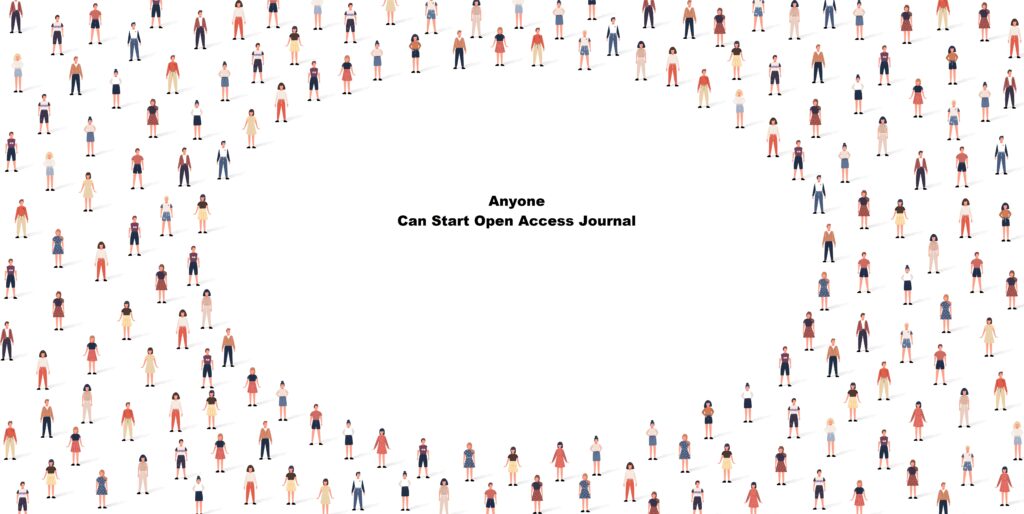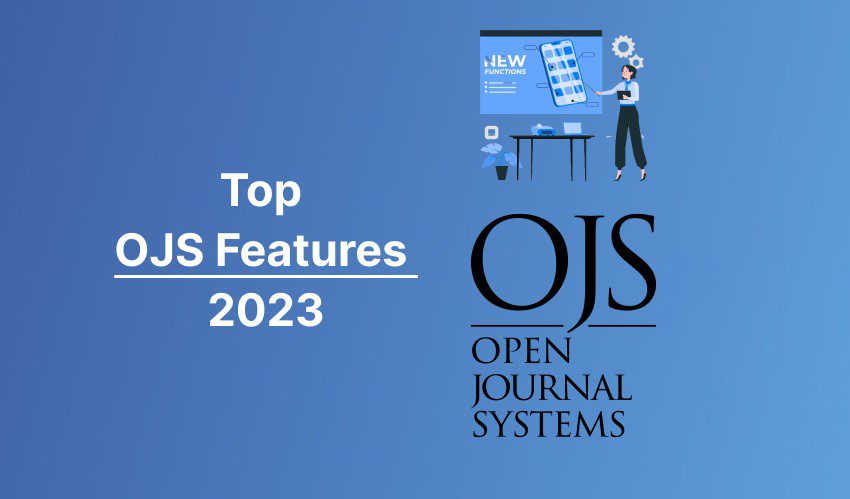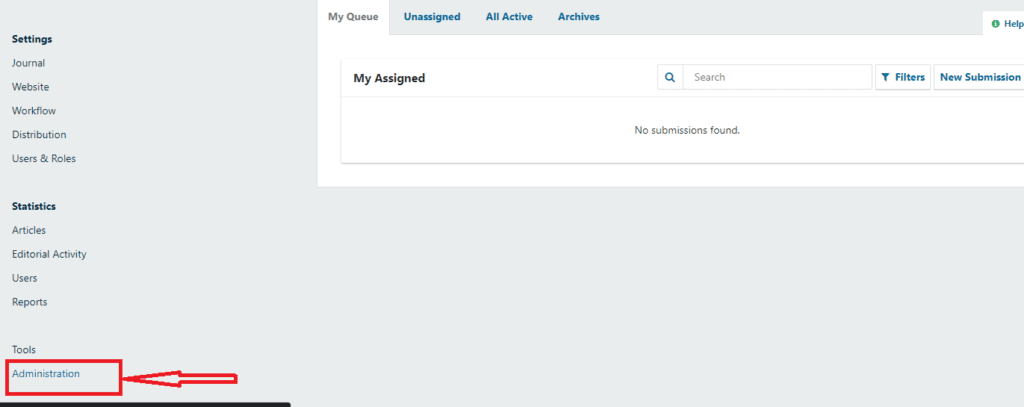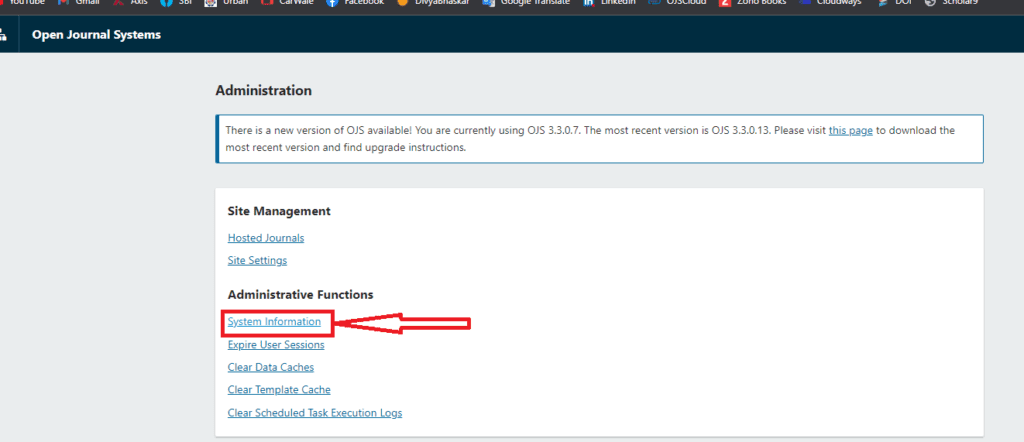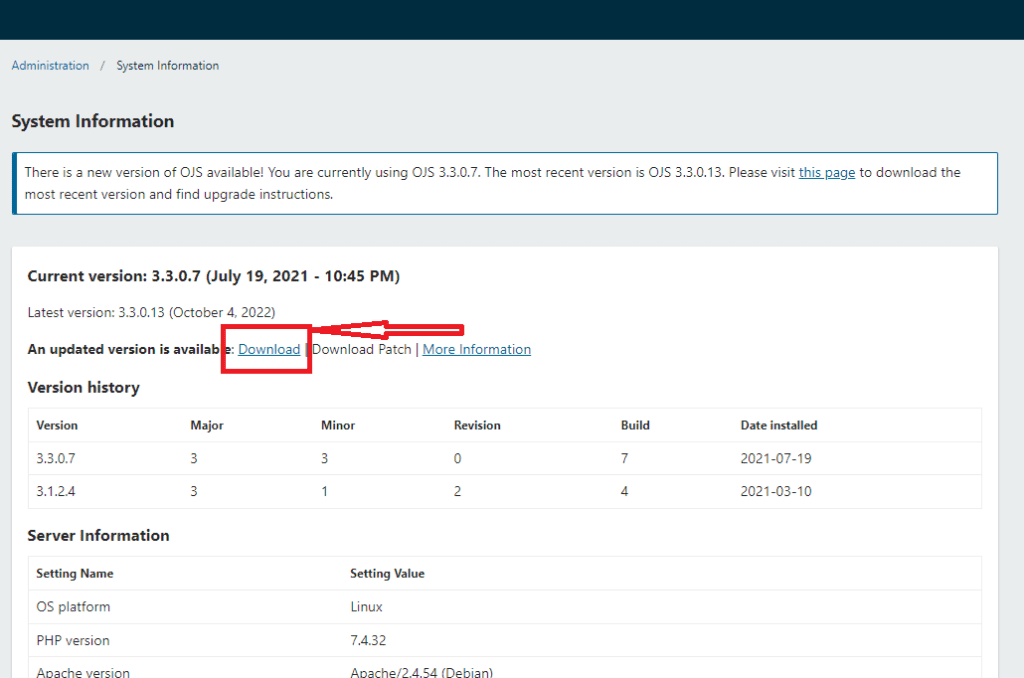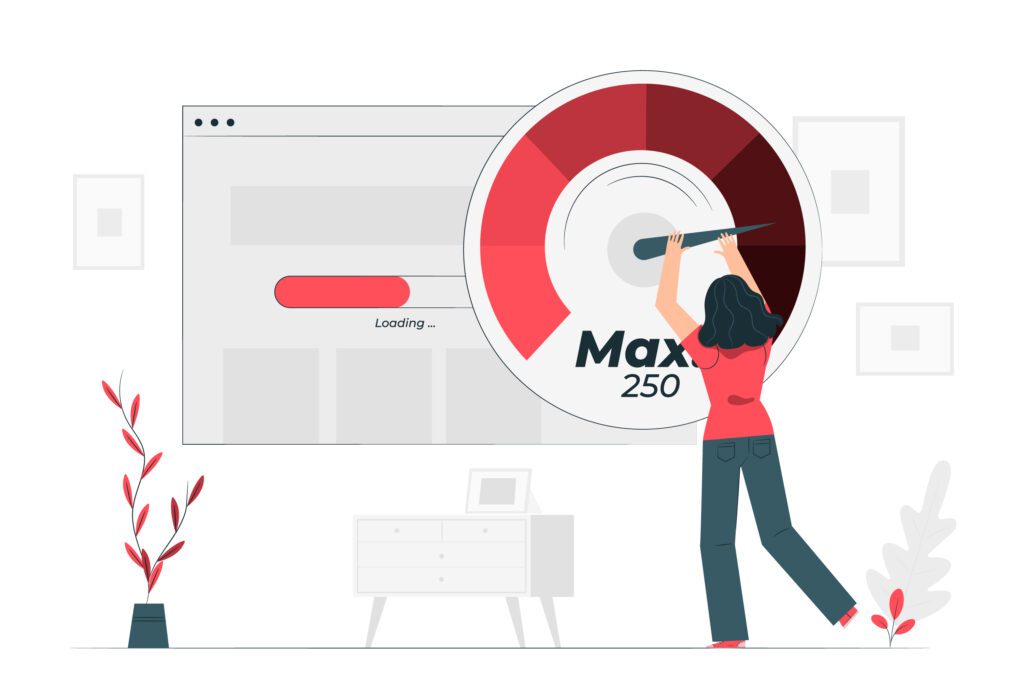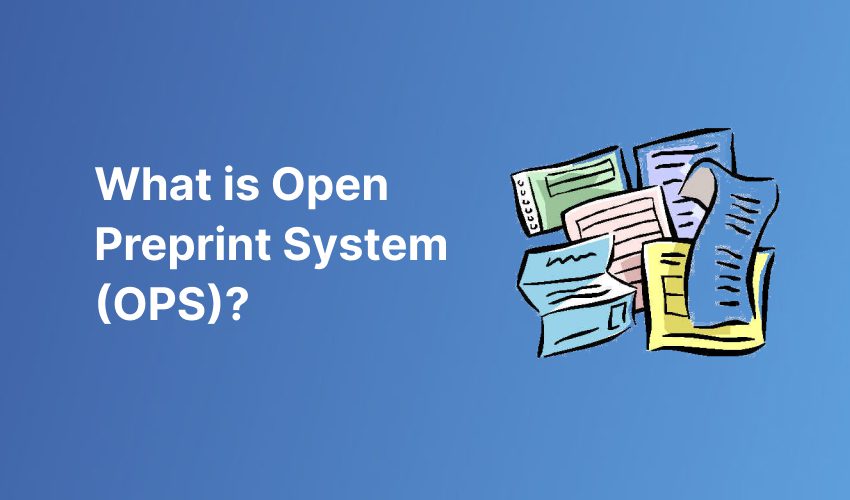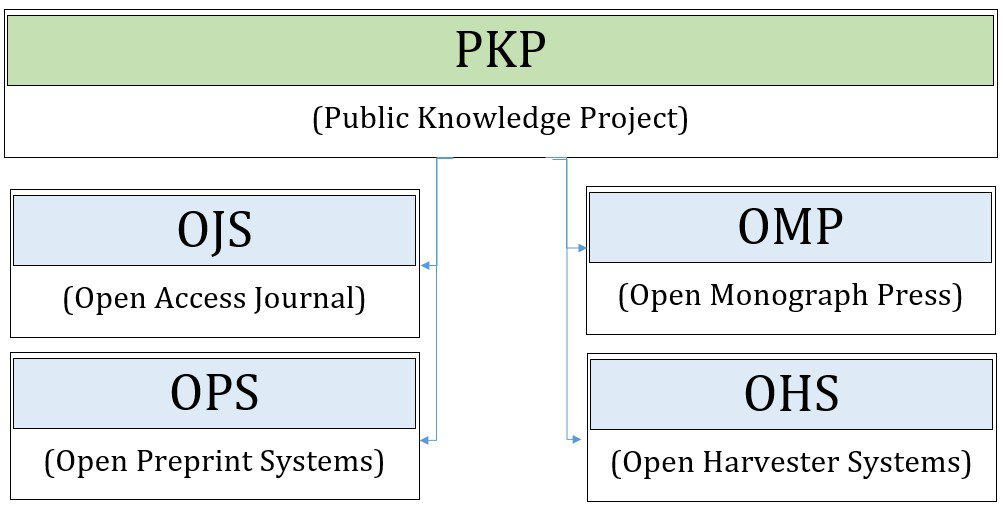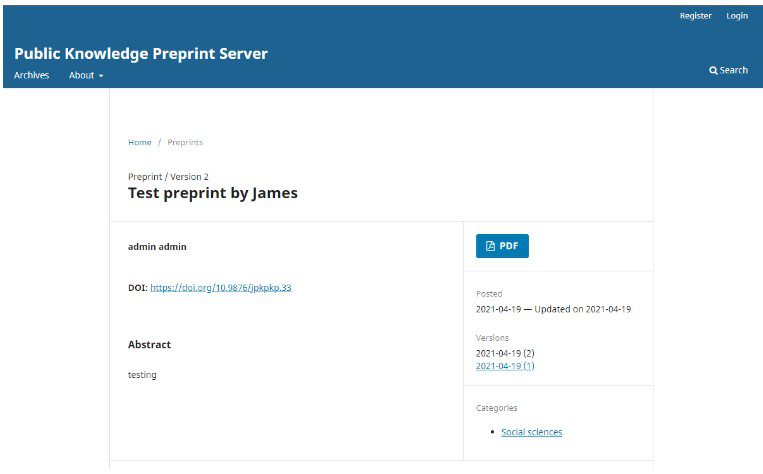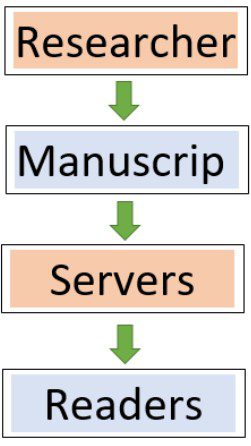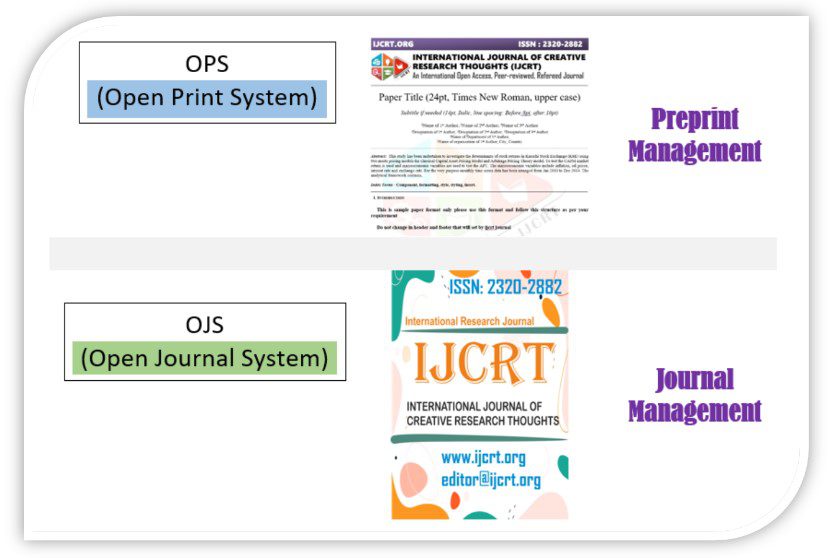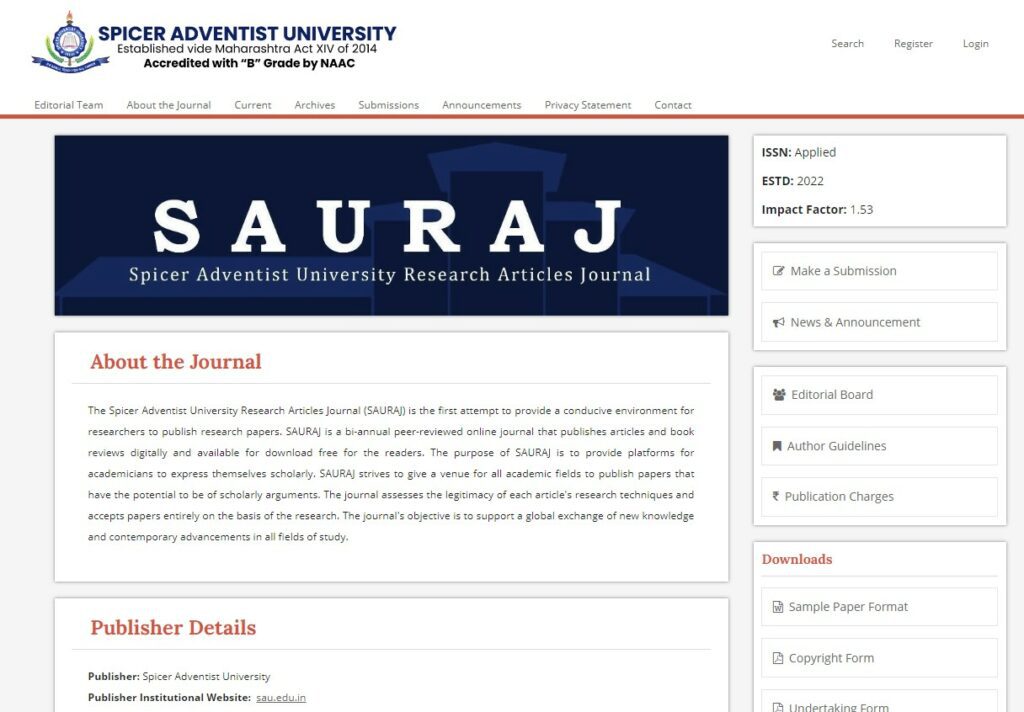Looking to start an open-access journal or to publish in open-access journals? The Open Journal System (OJS) is a powerful tool that can simplify and streamline the publishing process. In this comprehensive guide, we will demystify the OJS, providing researchers and publishers with the knowledge they need to navigate this popular platform.
With over 10,000 journals currently using the OJS, understanding its features and functionalities is essential for anyone looking to publish scholarly articles. From submitting manuscripts to peer review to publication, the OJS offers a seamless and user-friendly experience.
In this guide, we will walk you through the entire process, starting with an overview of the OJS and its benefits. We will explain how to set up an account, submit your manuscript, and navigate the peer review process. Additionally, we will explore the various customization options available to publishers, ensuring your journal stands out.
Whether you’re a seasoned researcher or new to the publishing world, this guide will equip you with the knowledge and tools to effectively utilize the Open Journal System (OJS). Let’s unlock the potential of OJS and get your research out into the world.
Benefits of using the Open Journal System
The Open Journal System (OJS) offers numerous benefits for researchers and publishers alike.
- Firstly, it provides a platform for open-access publishing, allowing your research to reach a wider audience. By making your articles freely available, you can increase their visibility and impact.
- Secondly, the OJS streamlines the publishing process. It provides a centralized system for manuscript submission, peer review, and publication. This eliminates the need for traditional, time-consuming processes, such as mailing physical copies of manuscripts. With the OJS, everything can be done online, saving time and resources.
- Lastly, the OJS offers a robust archiving system. Once your articles are published, they are stored in a secure and easily accessible database. This ensures the long-term preservation and availability of your research even if the journal website goes out of service.
Overall, the benefits of using the Open Journal System are clear. It provides a reliable archiving solution. Let’s now explore the features of the OJS in more detail.
Features of the Open Journal System
The Open Journal System (OJS) is packed with features designed to enhance the publishing experience. One of its key features is the manuscript submission system. Researchers can easily create an account, upload their manuscripts, and track the progress of their submissions. This system provides transparency and allows authors to stay informed throughout the publication process.
Another notable feature of the OJS is its robust peer review system. The platform facilitates the review process by allowing editors to assign reviewers, track their progress, and manage feedback. Reviewers can access the manuscripts online, making the process more efficient and convenient.
The OJS also offers comprehensive publishing tools. Once an article is accepted, publishers can easily format and publish it on the platform. The system supports various file formats, ensuring compatibility with different types of content. Additionally, publishers can customize the appearance of their journal, giving it a unique and professional look.
In addition to these features, the OJS provides a range of administrative tools. Journal managers can easily track submissions, assign roles to team members, and manage the entire publishing workflow. This centralized system simplifies the management process and ensures efficient collaboration among team members.
Setting up the Open Journal System
Setting up the Open Journal System (OJS) is a little complex process. So, it is advisable to choose a service provider that offers OJS hosting.
Click Here to Consult OJS Hosting Provider>>
In case you want to set up OJS manually, then you can start by buying appropriate hosting. Once you have chosen a hosting option, you can proceed with the installation process. The OJS provides detailed documentation and installation guides to help you through the process. It typically involves downloading the software, configuring the server, and setting up the database.
After the installation is complete, you can start customizing your journal. The OJS allows you to create a unique look and feel for your journal by customizing the theme, logo, and colors. You can also configure settings related to user registration, submission guidelines, and publication workflows. Alternatively, you can go for the ready OJS theme available with the OJS service providers. Click Here to buy OJS theme>>
With the basic setup complete, you can now start accepting manuscript submissions. The OJS provides a submission form where authors can enter their article details, upload files, and provide any additional information. As the journal manager, you can easily review and manage these submissions through the OJS dashboard.
Once your journal is up and running, you can focus on managing submissions and navigating the peer review process.
Customizing the Open Journal System for your journal
One of the advantages of using the Open Journal System (OJS) is the ability to customize it according to your journal’s specific needs. The OJS offers a range of customization options that allow you to create a unique and professional journal.
- Firstly, you can customize the visual appearance of your journal by selecting a theme and modifying the colors and fonts. The OJS provides a variety of pre-designed themes to choose from, or you can create your custom theme. This customization option allows you to align your journal’s visual identity with your brand or organization.
- Secondly, you can customize the submission process to fit your journal’s requirements. The OJS allows you to define submission guidelines, specify required fields, and set up a submission workflow. This customization ensures that authors provide all the necessary information and follow the submission process specific to your journal.
- Additionally, you can customize the peer review process in the OJS. You can define review criteria, assign reviewers, and set deadlines for review completion. This customization allows you to tailor the peer review process to meet the specific needs of your journal and ensure timely and thorough reviews.
- Furthermore, the OJS allows you to customize the publication process. You can define publication workflows, set up article templates, and configure article metadata. This customization ensures that the articles published in your journal are formatted consistently and meet the necessary standards.
Managing submissions and peer review process in the Open Journal System
- The Open Journal System (OJS) provides a user-friendly interface for managing submissions and the peer review process. As a journal manager, you have full control over the entire workflow, from submission to publication.
- When a manuscript is submitted, you can easily access it through the OJS dashboard. The system provides a clear overview of all submissions, allowing you to track their progress and manage them efficiently. You can assign reviewers, track their progress, and manage the feedback they provide.
- The OJS streamlines the peer review process by providing a platform for communication between authors, reviewers, and editors. Reviewers can access the manuscript online, making it easy for them to read, annotate, and provide feedback. Authors can respond to reviewers’ comments and make revisions directly within the OJS.
- As a journal manager, you have the authority to make decisions based on reviewers’ recommendations. The OJS provides a simple interface for making editorial decisions, such as accepting, rejecting, or requesting revisions for a manuscript. Once a decision is made, you can communicate it to the authors through the system.
During the entire process, OJS meticulously records all activities and facilitates transparent editorial decisions. This guarantees accountability in the peer review process, enabling the generation of reports and collection of data for analysis and decision-making. These log reports play a crucial role when applying to prominent indexing agencies such as SCOPUS, WOS, PubMed, and others.
Managing submissions and the peer review process in the Open Journal System is made easy and efficient. The system provides all the necessary tools and features to streamline the workflow and ensure a smooth publication process. Now that you have successfully managed the peer review process, let’s explore how to publish and archive articles in the OJS.
Publishing and archiving articles in the Open Journal System
Publishing and archiving articles in the Open Journal System (OJS) is a seamless process that ensures the accessibility and long-term preservation of your research.
- Once a manuscript has completed the peer review process, it is ready for publication. The OJS provides a user-friendly interface for publishing articles. You can easily format the manuscript according to the journal’s guidelines and convert it into a publishable format, such as PDF or HTML.
- The OJS allows you to assign DOIs (Digital Object Identifiers) to your articles. DOIs are unique identifiers that provide a persistent link to your articles, ensuring their long-term accessibility. This allows readers to easily cite and reference your articles, increasing their visibility and impact.
- Furthermore, the OJS provides a comprehensive archiving system. Once an article is published, it is stored in a secure and easily accessible database. The OJS supports various archiving standards, ensuring the long-term preservation and availability of your research. This archiving system ensures that your articles remain accessible even if the journal undergoes any changes or transitions.
- The OJS allows you to create article collections or special issues. This feature enables you to organize related articles and showcase them as a curated collection. It also allows you to highlight important research or topics within your journal.
Promoting your journal using the Open Journal System
Promoting your journal is essential for increasing its visibility and attracting authors and readers. The Open Journal System (OJS) offers various features and tools to help you effectively promote your journal and reach a wider audience.
- Firstly, the OJS allows you to create a journal website that showcases your journal and its content. You can customize the website’s design and layout to align with your journal’s brand or organization. Additionally, you can create sections on the website to highlight important articles, news, or announcements.
- Secondly, the OJS provides a range of indexing and discovery options. You can register your journal with indexing services, such as DOAJ (Directory of Open Access Journals) or Google Scholar. This increases the visibility of your journal and allows it to be discovered by researchers and readers worldwide.
- Furthermore, the OJS supports social media integration. You can easily share articles, announcements, or updates from your journal on social media platforms. This enables you to reach a wider audience and engage with potential authors and readers.
- The OJS also offers email notifications and alerts. You can set up automated email notifications to inform authors about the status of their submissions or to notify readers about new articles or issues. This keeps authors and readers engaged and informed, increasing their involvement with your journal.
- Additionally, the OJS provides usage statistics and analytics. You can track the number of article views, downloads, or citations to assess the impact and reach of your journal. This data can help you make informed decisions about your journal’s promotion and development.
Common challenges and solutions in using the Open Journal System
While the Open Journal System (OJS) offers numerous benefits and features, there can be challenges in using the platform. However, with the right knowledge and solutions, these challenges can be overcome.
- One common challenge is the initial setup and installation of the OJS. For those new to the platform, it may seem daunting to configure the server, set up the database, and customize the journal. However, there are dedicated OJS hosting and service providers like us (www.ojscloud.com) where you can seek support.
- Another challenge is managing the peer review process efficiently. With multiple submissions and reviewers, it can be challenging to track the progress and ensure timely reviews. To overcome this challenge, it is important to establish clear communication channels with reviewers and set clear expectations and deadlines. Additionally, utilizing the features of the OJS, such as automated reminders and notifications, can help streamline the process.
- Furthermore, promoting the journal and attracting authors and readers can be a challenge. With numerous journals available, it can be difficult to stand out and gain recognition. To overcome this challenge, it is important to create a unique and professional website, register with indexing services, and leverage social media and email notifications to increase visibility.
- Lastly, ensuring the long-term sustainability of the journal can be a challenge. Journals may face financial constraints or changes in editorial teams. To overcome this challenge, it is important to explore funding options, establish partnerships with institutions or organizations, and regularly review and update your journal’s policies and workflows.
Conclusion
This guide explores the Open Journal System (OJS) and its advantages for researchers and publishers. OJS provides a user-friendly platform for open-access publishing, streamlining processes, and offering robust archiving. We’ve highlighted benefits such as increased visibility, simplified workflows, and reliable archiving. The guide covers OJS features like manuscript submission, peer review, and customizable publishing tools. It includes a step-by-step setup guide, addressing common challenges with solutions. Whether you’re an experienced researcher or new to publishing, OJS provides a powerful platform to share your research globally.


